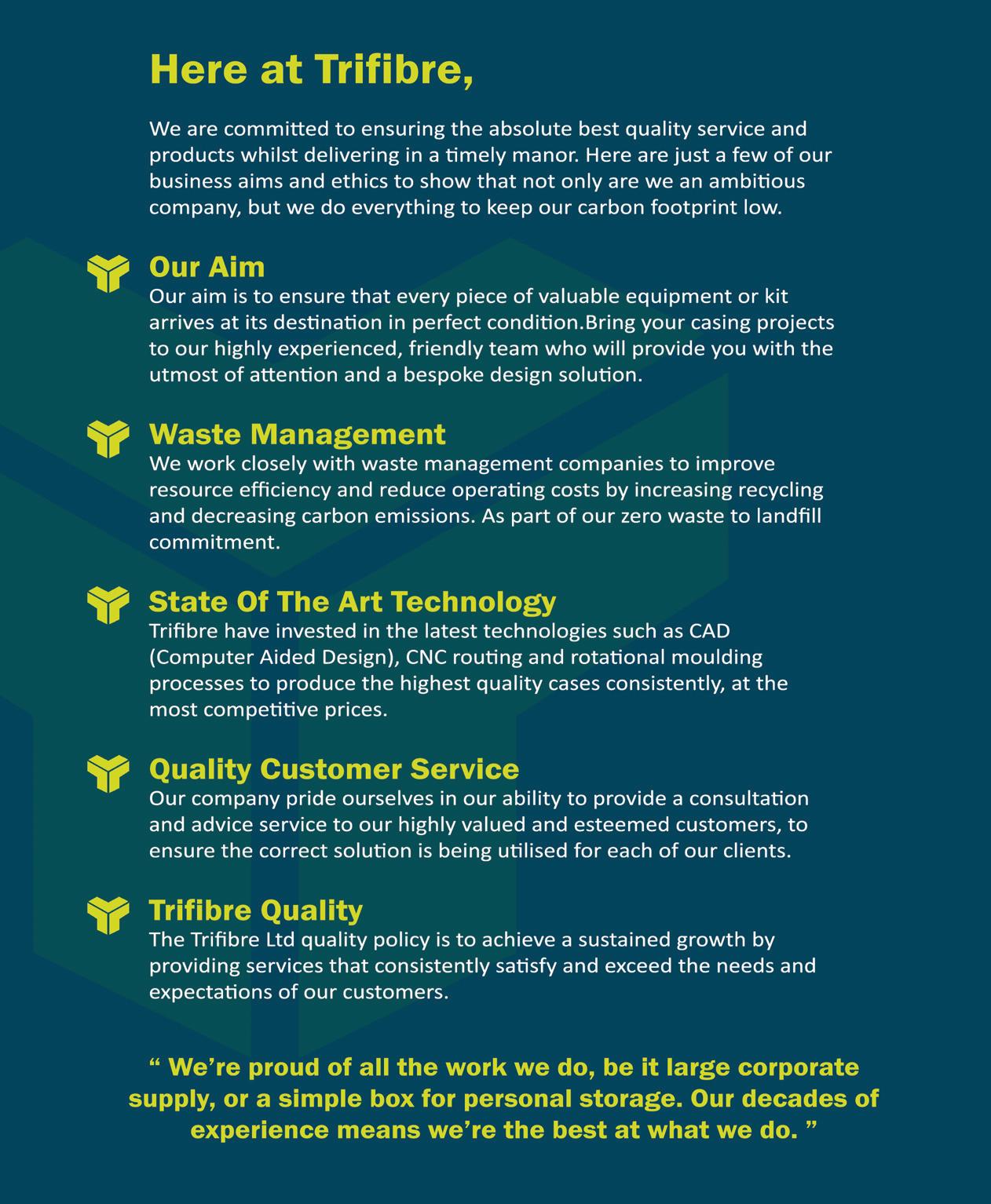
3 minute read
Precision Engineered Connectors and Cables:
Meeting the unique requirements of challenging industries and applications
The trend of shrinking electronic devices is accompanied by a corresponding miniaturization of connectors and cables.
Embarking on the customized journey requires a comprehensive understanding of the connector's intended environment and application. This understanding can be achieved by addressing the following inquiries:
• What specific type of connector/cable is required for mechanical, electrical, signal management, or combined purposes?
• What kind of environment will the connector operate in?
• Is the environment harsh, characterized by extreme temperatures, excessive vibration, or changes in inertia/acceleration?
• Is the connector intended for use in medical devices such as wearable, implantable, insertable, or remote surgery equipment?
• Which materials align with the application's requirements?
Microelectronics, starting with the integrated circuit, paved the way for smaller integrated board circuits on a single silicon chip. This advancement in size reduction and performance improvement has led to the miniaturization of connectors and cables in various applications. From robust components for space vehicles to wearable, implantable, and insertable devices, remote surgery equipment, and compact communication platforms, connectors serve a vast range of electronics. The diversity of designs, materials, environments, and technical capabilities that connectors accommodate is truly astounding. Therefore, when seeking a connector or cable, the first step is for application design engineers to identify and consider as many performance variables as possible.
The table below gives a broad range of the questions that must be answered prior to approaching a connector manufacturing company.
Once these questions, along with other considerations based on the desired end-use, are answered, the fabrication process can commence.
Market sectors and industries for cables and connectors encompass various areas, including:
- Space Vehicles: In addition to prominent space missions aimed at reaching the Moon, Mars, and upcoming projects like the Jupiter Icy Moons Explorer (JUICE), there is a multitude of small-scale vehicles operating in low-to-medium Earth orbit and deep space. These vehicles serve diverse applications such as high-resolution imagery, global positioning systems (GPS), communications, remote sensing, navigation, and the deployment of nano satellites, CubeSats, and SmallSats. Ongoing innovations within the industry continually give rise to new types of space vehicle technology.
- Human Devices: This category covers a broad range of wearable, implantable, and insertable devices. Examples of human wearables include smartwatches, body-mounted sensors, fitness trackers, augmented reality (AR) headsets, and hearing aids. Human implantables encompass pacemakers, implantable cardioverter defibrillators (ICD), insulin pumps, glucose monitors, and pressure sensors in vascular systems. Human insertables include prostheses, cochlear implants, drug delivery pumps, and devices for spinal cord and deep brain stimulation.
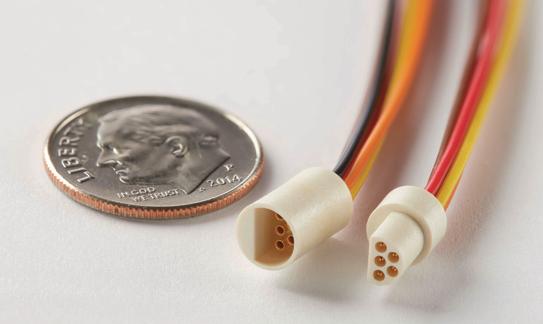
- Remote Surgery: Also known as tele-surgery, this form of surgical practice is gaining wider acceptance due to its ability to facilitate procedures performed across geographically distributed locations. While the benefits are evident, concerns often revolve around patient privacy and the stability of the digital connection between the surgeon and the surgical device.
- Communication Platforms: This category encompasses a wide array of devices, including mobile phones, phone masts, radio systems, signal repeater stations, ground control systems, earthorbiting satellites used for digital imaging, weather monitoring, GPS, and other communication applications.
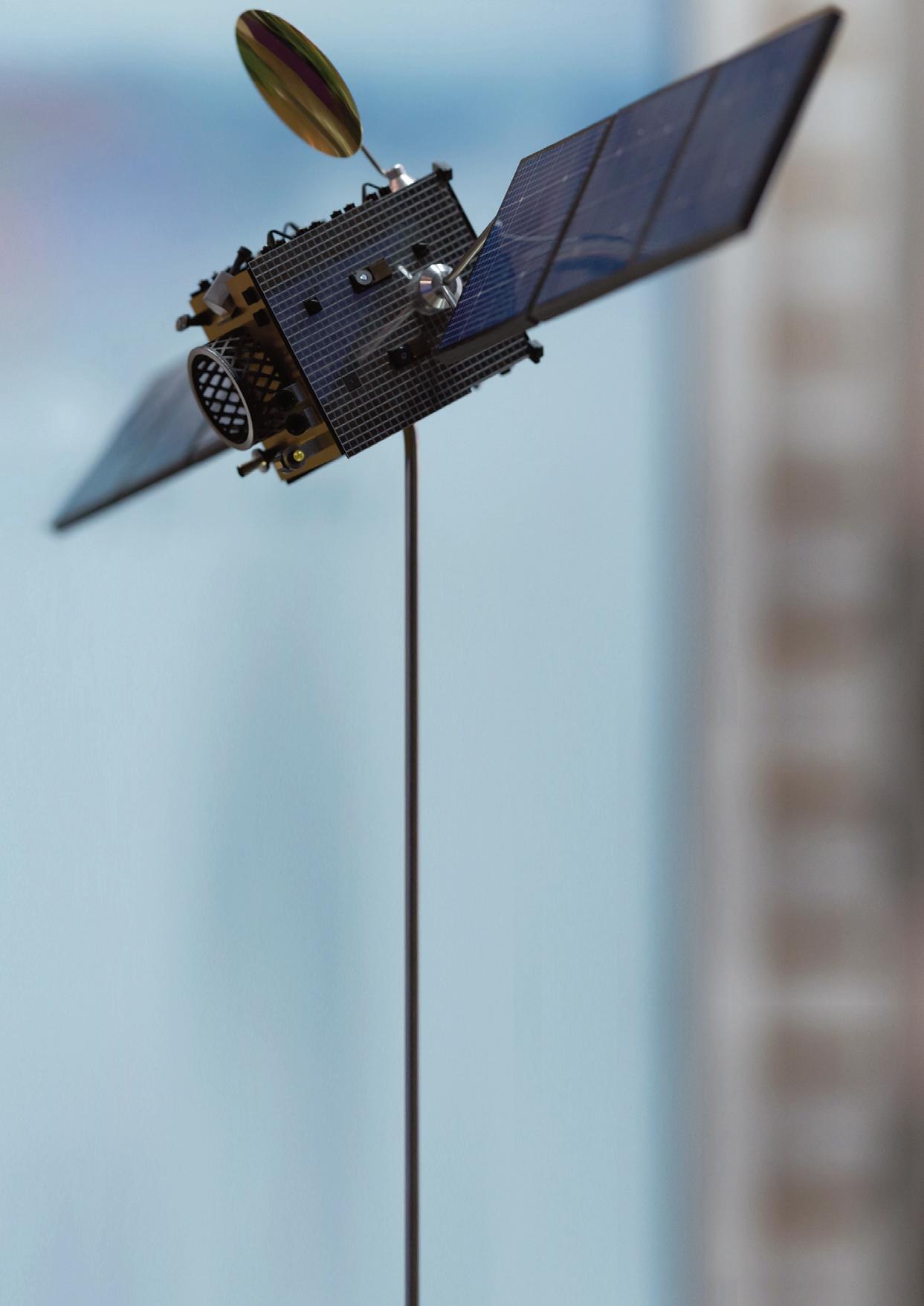
- Other Electronic Devices: The range of cable and connector applications extends far beyond the aforementioned sectors. It includes everything from basic 2-pin power cables for connecting devices to electricity, to complex multi-form connectors capable of bridging power, fiber optic connections for digital binary signals, and data transfer. The design complexity of a connector is determined by the specific requirements of the application and the ingenuity of the design engineer.
The information provided here offers only a glimpse into the diverse designs and applications found within the realm of cables and connectors.
Finding solutions for non-standard cable and connector combinations is relatively straightforward. Numerous companies offer services for creating custom connector designs tailored to specific applications. Omnetics Connector Corporation has been specializing in this field for over 35 years. They employ a streamlined process that revolves around engineer-to-engineer communication. They prioritize design transparency and ensure short turnaround times for both support and fabrication. Leveraging their extensive experience in interconnect design, Omnetics seamlessly develops solutions and establishes longterm partnerships with clients, considering their interconnect budget. With a team of skilled solid modeling designers experienced in specialty connectors and cables, Omnetics can quickly fabricate application-specific prototypes using automated machining equipment and 3D printing. This enables the rapid creation of initial article products. Within just two to three days, a solid model can be ready for review by the client's team.
The emergence of new applications utilizing the latest chip designs necessitates low power consumption and the transmission of very low voltage, high-speed digital signals within systems. This trend towards higher circuit density requires the use of compact cables and lowprofile connectors.



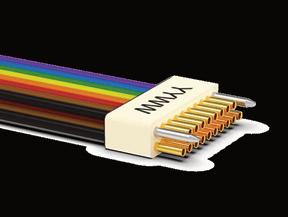
WATER
Radar Guided Missiles
RF Sensors
Laser Comms
AIR
IO Broadcast Radar EA
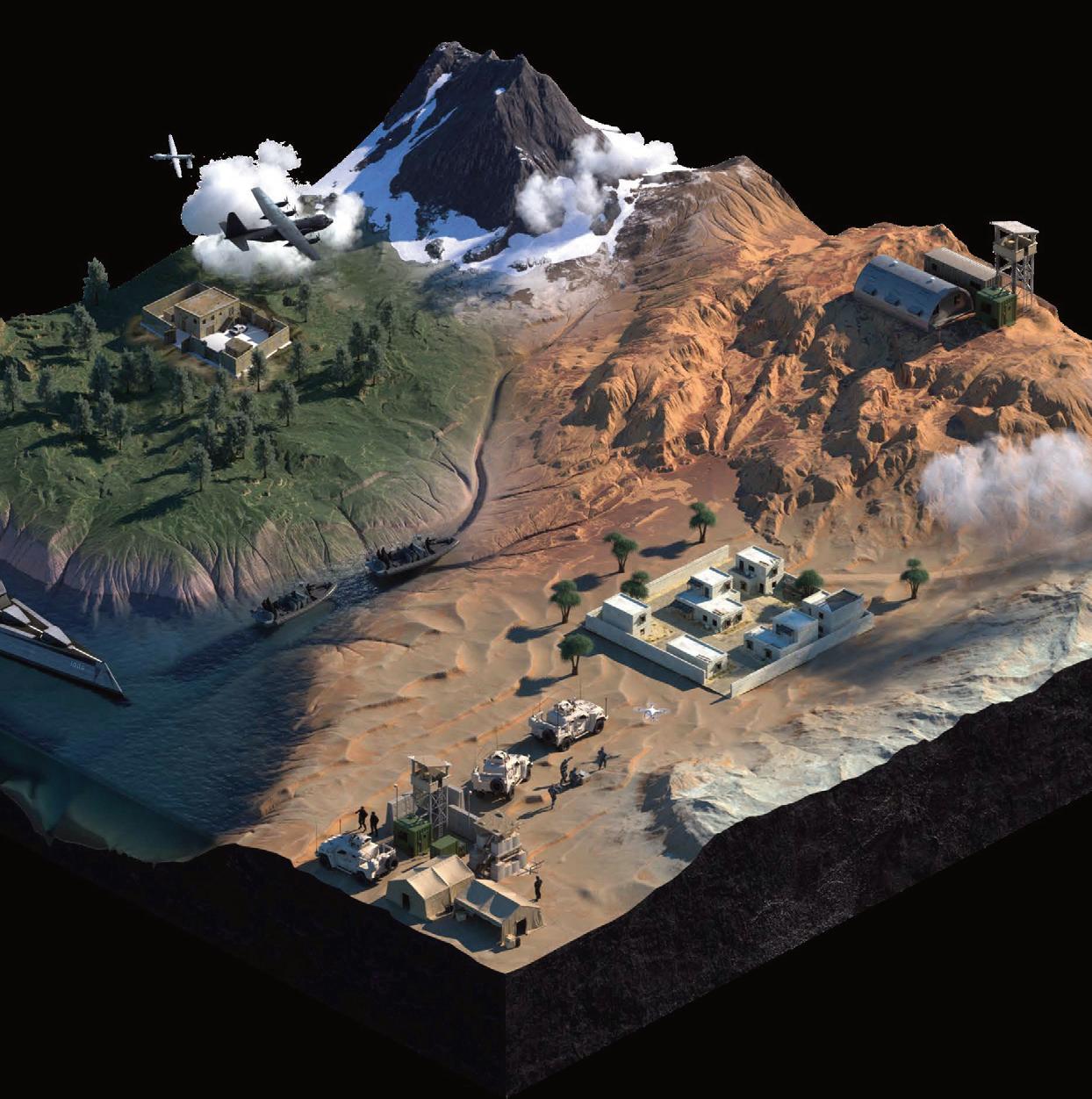
IFF Signals
SPACE
Missile Warning
SATCOM
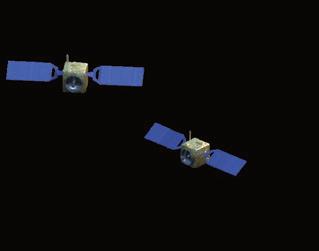
PNT Signals
ISR
COMMAND
GPS Guided Ar琀llery
IR Guided Missiles
High Power Microwaves
